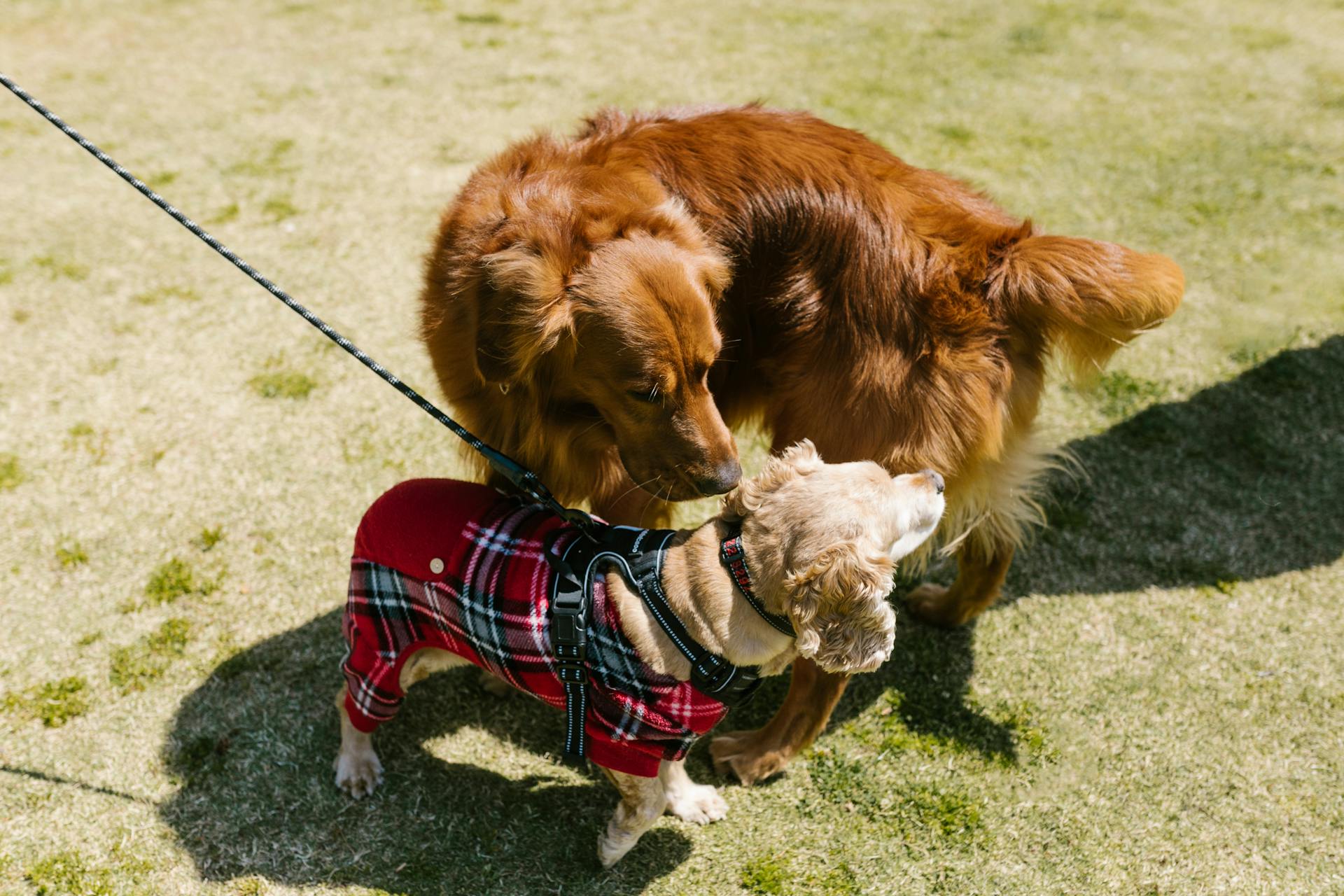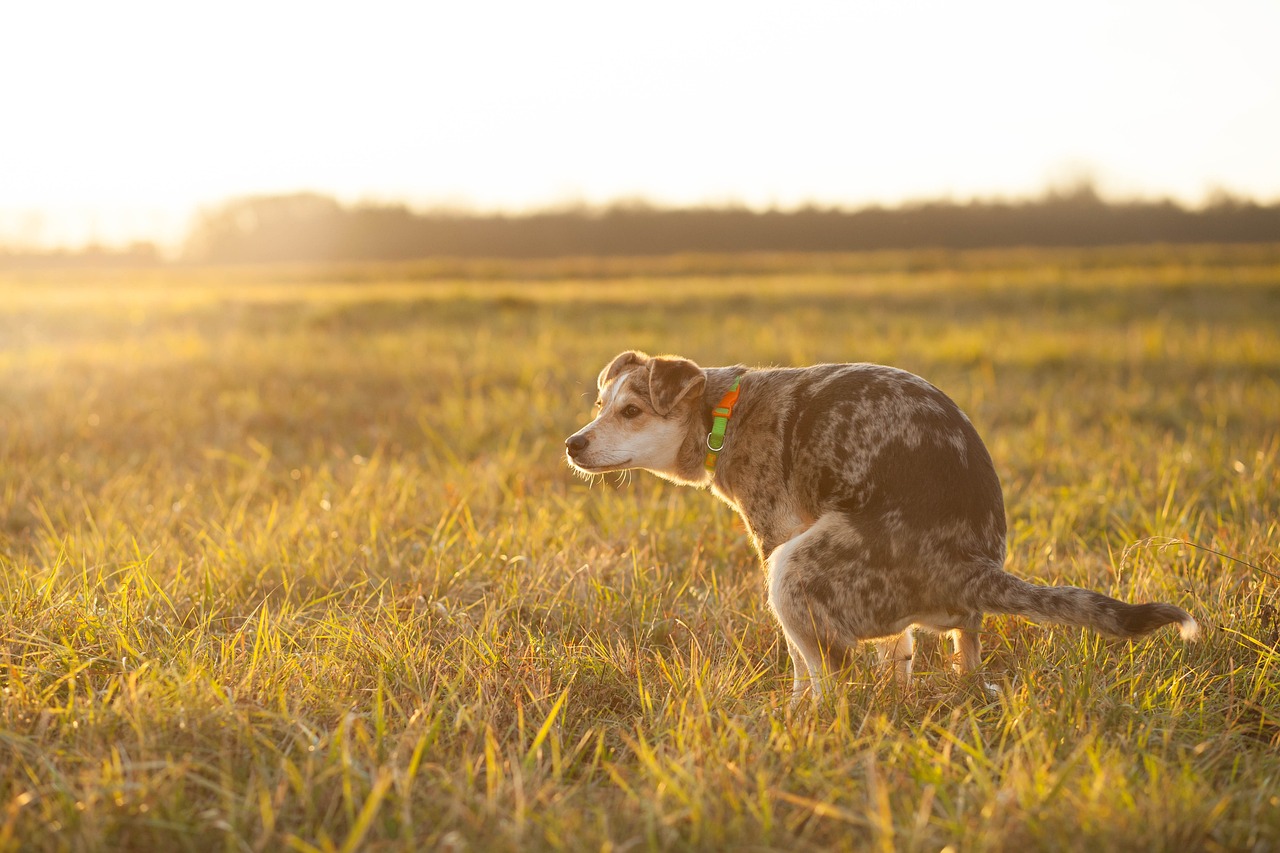Learning How to Fix Behavior Problems in Dogs
Learning how to fix behavior problems in dogs requires patience, consistency, and time. The process is a far cry from the dramatic makeover reality TV might have you believe. Some dog behavior professionals describe it as “watching paint” dry. I like to compare it to untangling a ball of yard after a puppy decides it’s the best chew toy in town.
The behavior change process also often isn’t smooth or linear. If we were to design a graph, it would be a wobbly line with dips, peaks, and the occasional detour.
You’ll have moments of triumph (“Yay! Buster didn’t bark at the mailman today!”) followed by head-scratching setbacks (“Wait, why is he barking at the toaster oven now?”).
It’s a journey of progress intertwined with challenges. Sort of like a video game where you sometimes lose and other times you level up. The best part? Every “oops moment” is a chance for you and your dog to grow together.
Gentle Behavior Modification Methods to Fix Behavior Problems in Dogs
Behavior modification in dogs is the process that we must use to increase or decrease wanted or unwanted behaviors.
In particular, desensitization and counterconditioning are the bread and butter of addressing any fear-based or aggression-based problems.
They work in synergy, like peanut butter and jelly, potentially boosting the chances for success. Following are several descriptions of behavior modification methods that are often used by behavior professionals.
Please note that, as with any field, the techniques used for the behavior modification process may vary from one behavior specialist to another. Not all methods are necessarily the best to use.
Research has found that the use of confrontational methods, to fix behavior problems in dogs, is one of the contributing factors to the 4.7 million dog bites that occur yearly.
Desensitization
As the term implies, desensitization is a behavior process that entails making a dog less sensitive to a trigger known to cause reactivity.
The goal is to introduce the dog to its triggers in a systematic manner so that it’s presented in a less threatening way. This often entails working from a farther distance, reducing volume, and presenting triggers in a less intense form.
For example, if a dog is scared of the vacuum, we would start by presenting it turned off, from across the room. Over time, we would make the exposure a little more intense—like by moving the vacuum closer and possibly then turning it on briefly.
When you implement desensitization correctly, it reduces the intensity of a dog’s fear response by showing them that the scary thing isn’t a big deal. Think of it as fear “dialed down.”
Counterconditioning
Counterconditioning is a behavior change process that is based on the principles of classical conditioning. Just like people, dogs tend to form associations between stimuli.
In counterconditioning, the behavior change process aims to change a dog’s emotional response to a specific stimulus or event. This is done by pairing it with something that alters how the dog feels about it.
For example, in the case of a dog that is terrified of the vacuum, we would start pairing the presence of the vacuum with tasty treats. This helps the dog learn to associate the vacuum with something pleasant.
When implemented correctly, the dog’s body language should start changing along with his emotions. When using this method, I like to aim for what’s known as a conditioned emotional response. This is where the dog looks at the object and then glances up at me with happy body language. Basically, we flip the script of fear from “Oh, no!” to “Oh, yay!”
Operant Conditioning
As the term “operant conditioning ” implies, we are teaching our dogs to “operate” in their environment. Dog behaviors are ultimately maintained by consequences. Consequences can be either reinforcing (causing them to repeat and strengthen) or punishing (causing them to reduce and weaken).
In a nutshell, operant conditioning is at the heart of training. By teaching our dogs cues that replace problematic behaviors, we can effectively use gentle operant conditioning methods (such as positive reinforcement training) to fix behavior problems in dogs.
For example, if our dogs are jumping on guests, we can train them to sit or if they’re begging at the table, we can train them to go to their mat. With time, and the establishment of a strong reinforcement history, the behavior of sitting or lying on the mat should increase in frequency. The problematic jumping and begging should instead gradually weaken.
Management
People often underrate management. Management, although not an active behavior change process, prevents dogs from practicing unwanted behaviors. The more a dog practices a behavior, the more it puts roots, and just like a weed, it becomes more complex to eradicate.
For example, if a dog shows a tendency to urine mark on walks in public places such as a vendor’s stand, you may want to manage your dog’s environment.
Your dog, this way, is not exposed to overwhelming situations until he’s ready to do so.
Management may sound pretty obvious, but countless pet parents allow their pets to be set up for failure by not controlling their environments or doing so in an inconsistent manner.

Risky Methods to Avoid When Fixing Dog Behavior Problems
As discussed earlier, there are some methods that are best if you can avoid them. This is because they come with the risk of “side effects.” The following are methods to fix dog behavior problems that can backfire.
Flooding
As the term implies, in this behavior change process, the dog is deliberately exposed to a trigger or situation that he reacts to in full intensity (whether it’s something the dog fears or displays aggressive responses to).
This is done in hopes of the dog “getting over it.” Obviously, there are high risks you’ll be obtaining the opposite effect (the dog becoming more sensitized to the trigger).
Tossing somebody terrified of water in a pool is a classic example of flooding. The person may “survive” the episode with minor negative emotional effects, but there are higher chances that he/she may endure a traumatic event that may have him/her never wanting to touch water again.
When used in dogs, flooding may lead to a state of learned helplessness. This may often be confused for the dog getting better as he becomes less reactive, but in reality, what happens is that the dog
realizes that there is no escape from the stimulus and his body “shuts down.”
Punishment
There are various forms of punishment. Some forms may be less risky than others, but in general, the use of confrontational, punishment-based behavior change and training methods carries some risks.
Research by Herron et al. found that confrontational methods such as hitting or kicking the dog, rolling the dog over his back, shaking the scruff, or even staring at the dog, evoked aggressive responses from at least 25 percent of the dogs.
Further studies have found that dogs subjected to punishment-based training methods showed a high frequency of stress-related behaviors. The average rise in salivary cortisol concentration in these dogs was at 0.10 µg/dL after training.
Long-term effects were also noticed, with dogs being found to have more pessimistic “judgments” of ambiguous stimuli during a cognitive bias task. This leads to reduced welfare compared to dogs trained using reward-based methods.
Don’t Forget to Rule Out Medical Problems!
Abrupt behavior changes or behavior changes in old dogs should raise suspicion of something medically going on. It’s always a good idea to have a dog exhibiting behavior problems see the vet to rule out medical problems.
Dogs Need a Nurturing Environment
Dogs ultimately thrive in an environment where they are provided with clear instructions, consistency, and gentle guidance. Desirable behaviors are fostered, whereas undesirable behaviors are preempted by using environmental management and gentle training techniques without any forms of psychological or physical intimidation.
Modern, scientifically-based dog training and modern dog behavior modification focus on teamwork and, ultimately, the creation of a harmonious relationship between dogs and owners.
Please Seek Help From a Professional
The process of fixing behavior problems in dogs can often be challenging. It’s important to always keep an eye on the dog throughout the process to recognize early signs of stress.
You might feel tempted to rush through the process, but behavior modification isn’t as simple as fixing a leaky faucet — no one can guarantee it. Many people get stuck in the process and don’t know how to proceed. Every dog is an individual and may need a customized plan.
If you’re struggling with a behavior problem or if your dog is aggressive, please consult with a dog behavior professional.
While the above methods are potentially effective, it’s important that you practice caution. Working alongside a behavior professional can ensure you’re implementing behavior modification correctly. Your safety and the safety of others is always your top priority.
If you need further tips for training, reach out to Ask a Trainer, and we will match your question with one of our experts best suited for your specific needs!
References:
- Herron et al. Survey of the use and outcome of confrontational and non- confrontational training methods in client-owned dogs showing undesired behaviors. Applied Animal Behaviour Science, 2009
- University of Pennsylvania. “If You’re Aggressive, Your Dog Will Be Too, Says Veterinary Study.” ScienceDaily. ScienceDaily, 18 February 2009
- Guilherme-Fernandes J, Olsson IAS, Vieira de Castro AC. Do aversive- based training 756 methods actually compromise dog welfare?: A literature review. Appl Anim Behav Sci. 2017
- Vieira de Castro AC, Fuchs D, Pastur S, et al. Does training method matter?: Evidence for the negative impact of aversive-based methods on companion dog welfare. bioRxiv 2019




